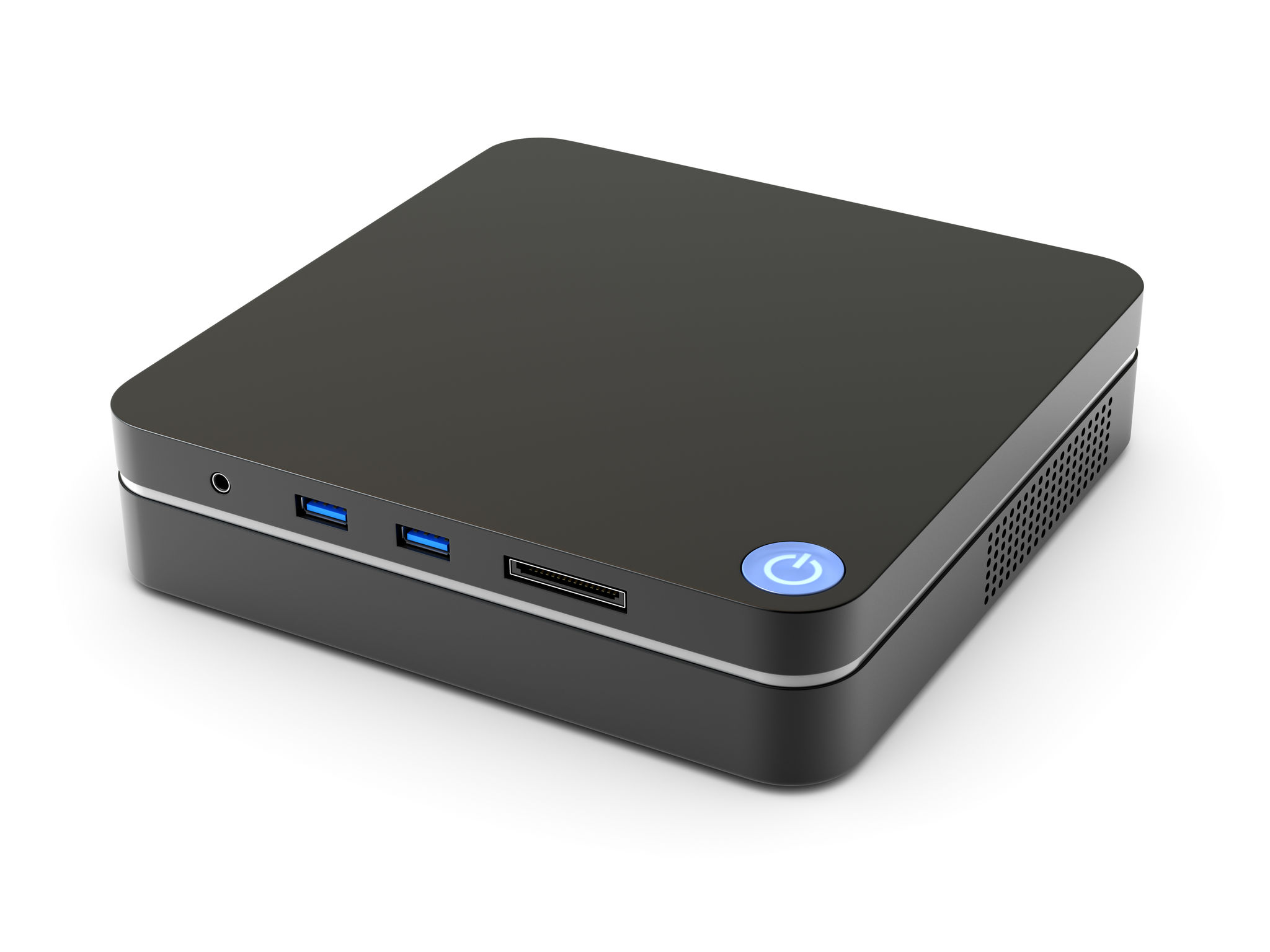How to Set Up a Mini PC for Efficient Remote Work
Choosing the Right Mini PC
When setting up a mini PC for efficient remote work, the first step is to choose the right device. Mini PCs are known for their compact size and power efficiency, making them ideal for home offices. Look for a mini PC with at least an Intel Core i5 or AMD Ryzen 5 processor and 8 GB of RAM. These specifications ensure smooth multitasking and reliable performance.
Consider the storage options as well. Solid-state drives (SSDs) are significantly faster than traditional hard drives, which can enhance your productivity by reducing load times. Aim for a minimum of 256 GB SSD storage to comfortably accommodate your operating system and essential applications.

Setting Up Your Workspace
Once you've chosen your mini PC, it's time to set up your workspace. Ensure that your desk is organized and free of clutter. Position the mini PC so that all necessary ports are easily accessible. This will prevent any unnecessary hassle when connecting peripherals such as monitors, keyboards, and mice.
Invest in an ergonomic chair and desk to maintain good posture during long work hours. Position your monitor at eye level to reduce strain on your neck and eyes. Consider using a wireless keyboard and mouse to keep your workspace tidy and minimize cable clutter.
Installing Essential Software
After setting up the hardware, focus on installing the essential software needed for remote work. Start with a reliable operating system such as Windows 10 or the latest version of macOS. Make sure to update your operating system regularly to benefit from the latest security features.
Next, install productivity tools such as Microsoft Office or Google Workspace. These applications are crucial for creating documents, spreadsheets, and presentations. Additionally, set up communication tools like Zoom or Microsoft Teams to stay connected with your colleagues.

Configuring Network and Security Settings
A stable internet connection is vital for effective remote work. Connect your mini PC to your home network using an Ethernet cable for maximum reliability. If this isn't possible, ensure that your Wi-Fi connection is strong by placing the router in a central location within your home.
Security is another critical aspect of remote work. Install antivirus software to protect your mini PC from malware and cyber threats. Use a virtual private network (VPN) to encrypt your internet connection, especially if you're working with sensitive data.
Customizing Your Mini PC for Productivity
Customization can greatly enhance your productivity. Adjust system settings such as display brightness and power options to suit your preferences. Use shortcuts and automation tools to streamline repetitive tasks and improve efficiency.
Consider installing productivity apps like Trello or Asana to manage tasks and projects effectively. These tools help keep track of deadlines and ensure that you meet your work goals without stress.

Maintaining Your Mini PC
Regular maintenance is essential to keep your mini PC running smoothly. Clean the device periodically to prevent dust buildup, which can affect performance. Ensure that all software updates are installed promptly to keep your system secure and efficient.
Back up important data regularly to avoid data loss in case of hardware failure or other unforeseen events. Use cloud storage services like Google Drive or Dropbox for easy access and added security.
Conclusion
Setting up a mini PC for remote work involves careful planning and consideration of various factors, from choosing the right device to maintaining it properly. By following these steps, you can create an efficient and comfortable remote work environment that boosts productivity and ensures a seamless work-from-home experience.
